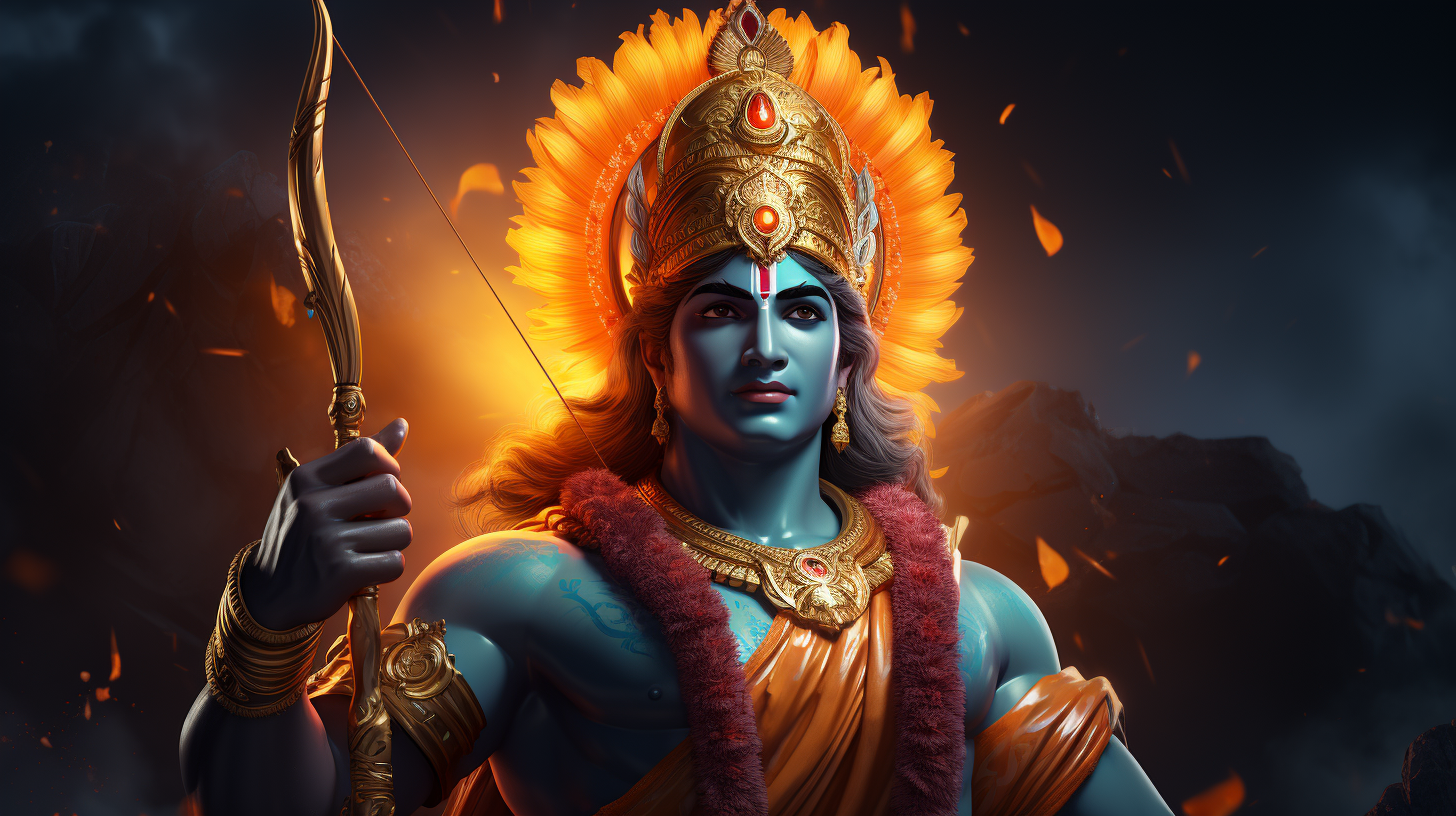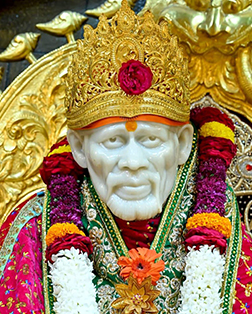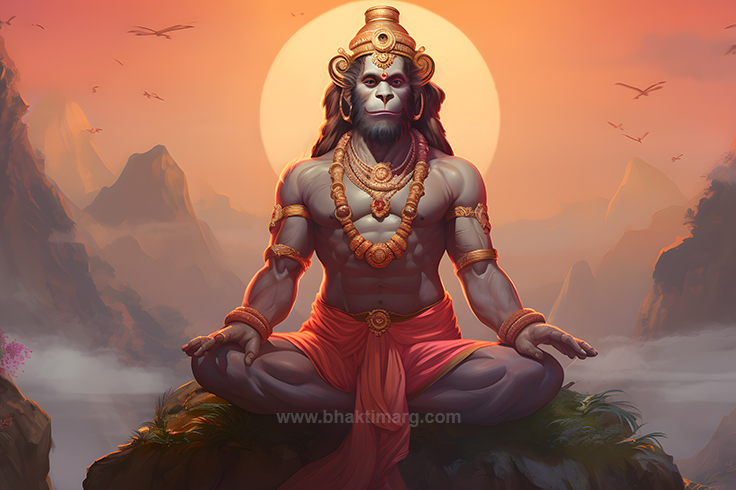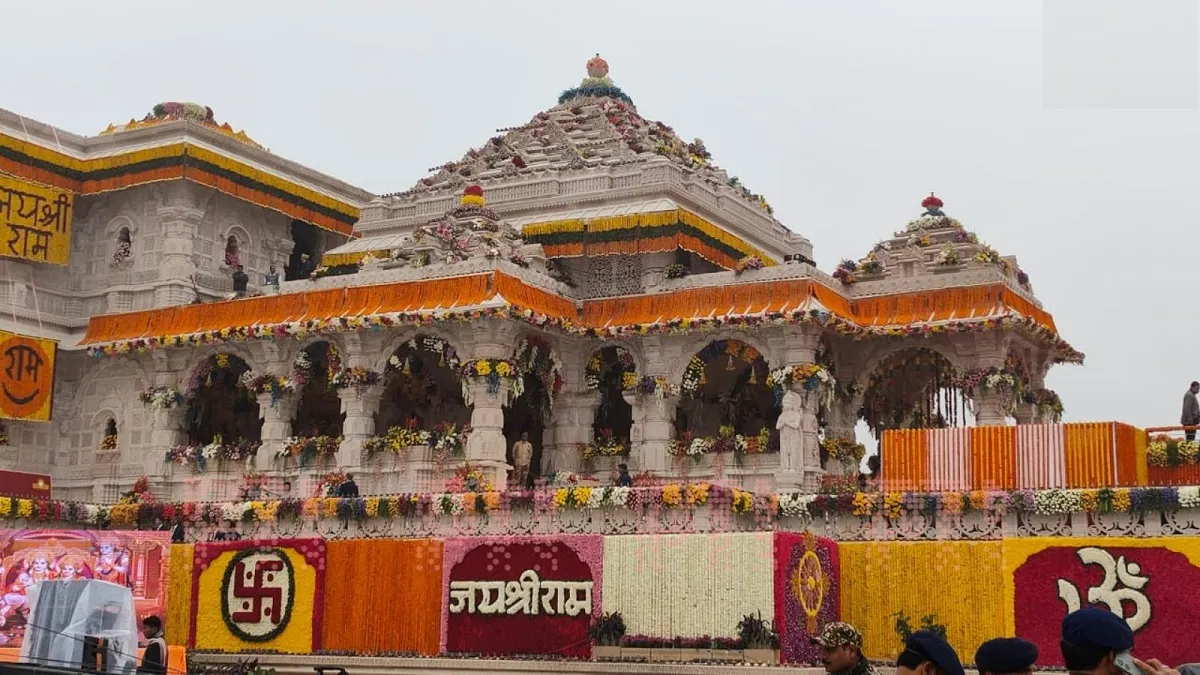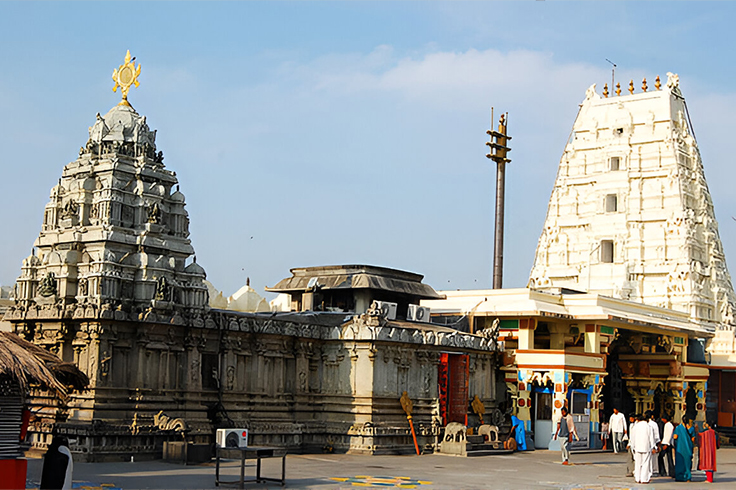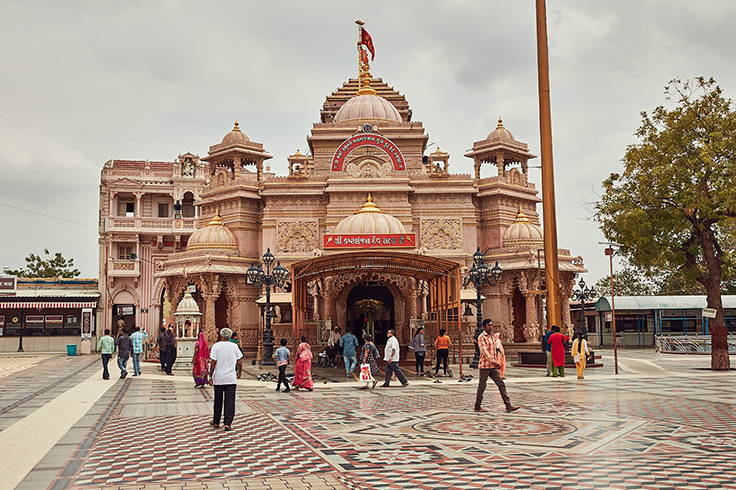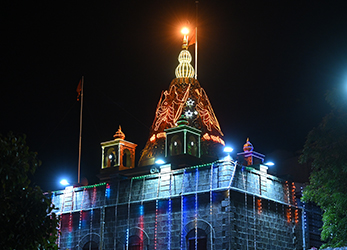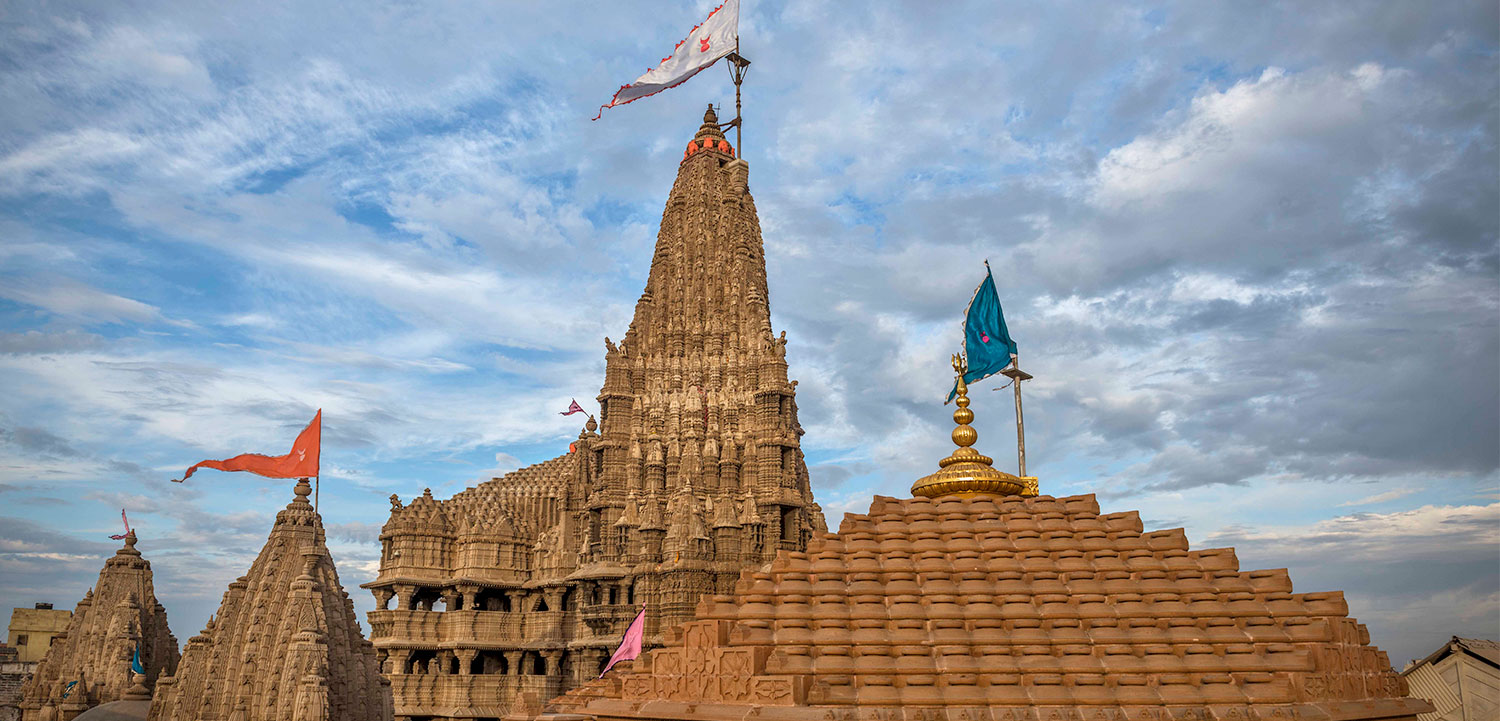
The Tradition of Dahi Handi Celebrations
In India, various traditions are followed, and in Hinduism, each tradition has deep meaning and belief behind it the same can be said for Dahi Handi’s celebration. It is a prominent feature in celebrations of Krishna Janmashtami and is a lively and joyous event that captures the essence of Lord Krishna’s playful and mischievous nature. This tradition, observed with great enthusiasm in various parts of India, especially in Maharashtra, involves the formation of human pyramids to reach and break a pot filled with curd (dahi) that is suspended high above the ground.
This spectacle commemorates the divine antics of young Bhagwan Shree Krishna and fosters a sense of community and teamwork among participants. The Dahi Handi 2024 will be celebrated on the 26th and 27th of August, the birth of Bhagwan Shree Krishna will be commemorated on the 26th at midnight, and on the 27th the Dahi Handi festival will be celebrated.
Also check out: Krishna Janmashtami: Celebrating the Birth of Lord Krishna
Why Dahi Handi is Celebrated?
The celebration of the Dahi Handi festival is deeply rooted in the stories and legends of Lord Krishna’s childhood in the village of Gokul. He was known for his insatiable love for butter and curd, Krishna, along with his friends, would often devise clever ways to steal these dairy products from the homes of the villagers. This playful behavior earned him the endearing nickname “Makhan Chor” (butter thief).
In that remembrance people today build up high Dahi handi Matka which is filled with curd and butter and break it re-enacting a roop of bhagwan shree krishna.

Historical and Religious Significance of the Dahi Handi Celebration
- According to Hindu scriptures, Krishna’s mother, Yashoda, would frequently catch him stealing butter and curd from the kitchen, despite her scoldings, Krishna’s mischievous nature and his love for dairy products never waned. He and his friends would form human pyramids to reach the pots of butter and curd that were kept out of their reach, hanging from the ceilings of the houses dahi handi festival is the same
- The act of stealing butter is seen as a symbol of Krishna’s divine love and playfulness. It reflects his carefree, joyful spirit and deep bond with his village’s people. By celebrating Janmashtami Dahi Handi, devotees remember and honor these delightful aspects of Krishna’s personality
- In a broader sense, Krishna’s playful theft of butter is also seen as a metaphor for the victory of good over evil, his mischievous deeds were always underpinned by a sense of righteousness and justice, which is celebrated during janmashtami dahi handi
How Dahi Handi Celebration is Done in India?
- In the days leading up to the celebration of krishna janmashtami, large earthen pots (handis) are decorated with colorful paint, flowers, and other adornments, this dahi handi matki painting is symbolized decorating one’s life and appearance. These pots are then filled with curd, butter, and sometimes other sweets or fruits, handi is suspended high above the ground, typically between buildings or on tall poles, making it a challenging target for the participants
- Groups of young men, known as Govindas, compete to form human pyramids to reach and break the dahi handi matka. The Govindas, often dressed in traditional attire, begin by creating a base with the strongest participants this symbolizes that every person has the lord in him
- The atmosphere is electric, with large crowds gathering to watch and cheer the Govindas, traditional music, krishna bhajan, Shri Krishna aarti, and devotional songs dedicated to Krishna play in the background, adding to the festive spirit. The crowd’s energy and encouragement are integral to the success of the pyramid
- The event climaxes with the Govinda at the top of the pyramid reaching the dahi handi matka and breaking it, showering the participants with curd and other contents. This act symbolizes Krishna’s mischievous victory and brings immense joy and satisfaction to the participants and spectators alike

Special Bhajans and Songs
During the dahi handi celebration, devotees play songs to create a vibration and lively atmosphere uplifting their spirit and enhancing the feel of the dahi handi festival
- “Govinda Aala Re” is an iconic song, meaning “Govinda has come,” capturing the excitement and energy of the festival and encouraging the Govindas as they form their pyramids, and is synonymous with the celebration of Krishna Janmashtami
- “Yashomati Maiya Se Bole Nandlala” is a Krishna Bhajan that narrates the playful conversations between Krishna and his mother, Yashoda, and is often sung during Janmashtami
- “Aisi Lagi Lagan, Meera Ho Gayi Magan Woh To Gali Gali Hari Gun Gaane Lagi” is a Sri Krishna aarti that expresses the deep devotion of Meera towards Lord Krishna, highlighting her complete surrender and joy in singing His praises
- Another famous Sri Krishna Aarti played during janmashtami dahi handi is Aarti Kunj Bihari Ki, Shri Giridhara Krishna Murari Ki praising the Lord, celebrating his divine beauty and playful nature as Kunj Bihari, the one who dwells in the groves of Vrindavan
Yet in recent years, the celebration of Dahi Handi has evolved, with increased emphasis on safety and inclusivity. The formation of human pyramids, while thrilling, carries inherent risks, hence organizers now implement safety measures such as helmets, padding, and training sessions to prevent injuries. Additionally, the dahi handi event has become more inclusive, with women and children increasingly participating in the pyramids. This shift reflects the changing dynamics of Indian society, promoting gender equality and community involvement.
More focus is given to janmashtami decoration and dahi handi matki painting in schools, colleges, offices, and communities in the form of competitions fostering fun activities and unity.
Janmashtami is a vibrant and joyous celebration that encapsulates the playful spirit of Lord Krishna and the rich cultural heritage of India. By reenacting Krishna’s childhood mischief, devotees express their love and devotion to the deity, while fostering a sense of community and teamwork. Dahi handi celebration draws people together in a shared celebration of faith, joy, and divine love. Whether through the formation of human pyramids, the singing of devotional songs, or the communal sharing of prasad, Dahi Handi brings to life the enduring charm and timeless teachings of Lord Krishna.




